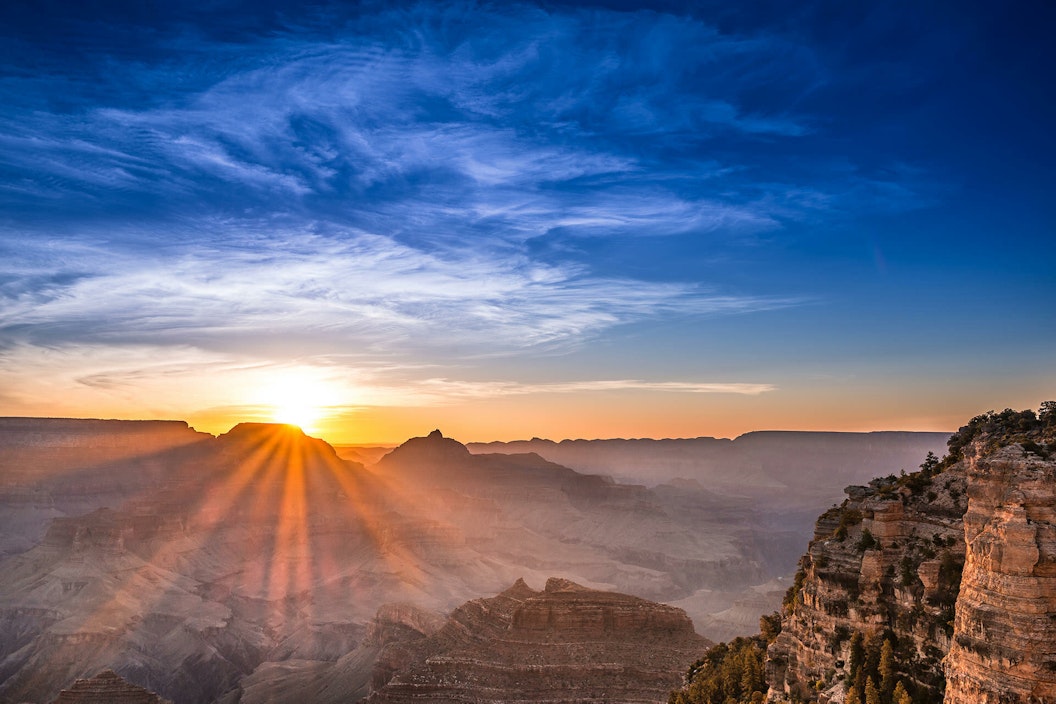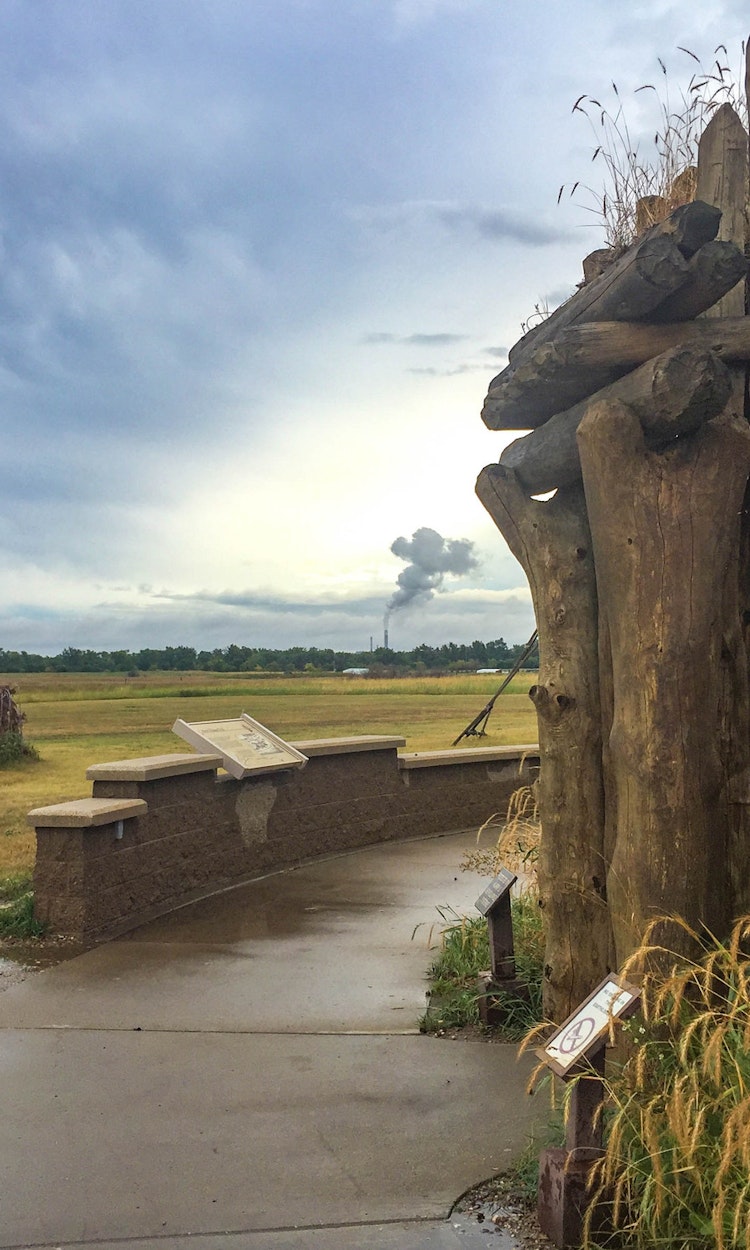

.
.
Grand Canyon National Park is transforming a popular visitor services area into the National Park Service’s (NPS) first inter-tribal cultural heritage site, a place that will center Native American life, culture, and interpretation and highlight tribal communities’ deep and longstanding connections to the land.
With support from the National Park Foundation (NPF), Grand Canyon Conservancy, and other partners, the park is reshaping the Desert View area, a scenic overlook and visitor center at the southeast boundary of the South Rim. The site is becoming a cultural heritage space for visitors to learn about local Native American culture and history, as well as a new economic opportunity for the 11 tribes traditionally associated with the Grand Canyon region.
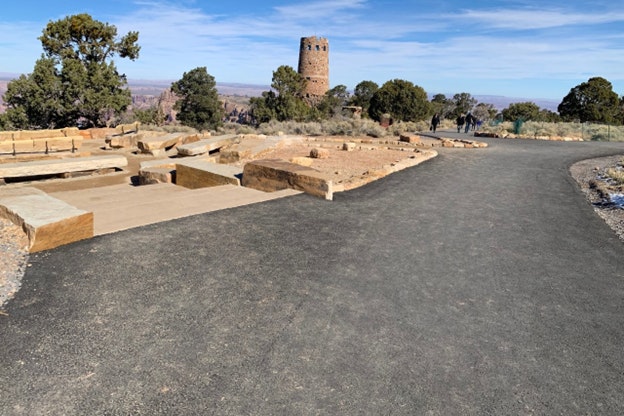
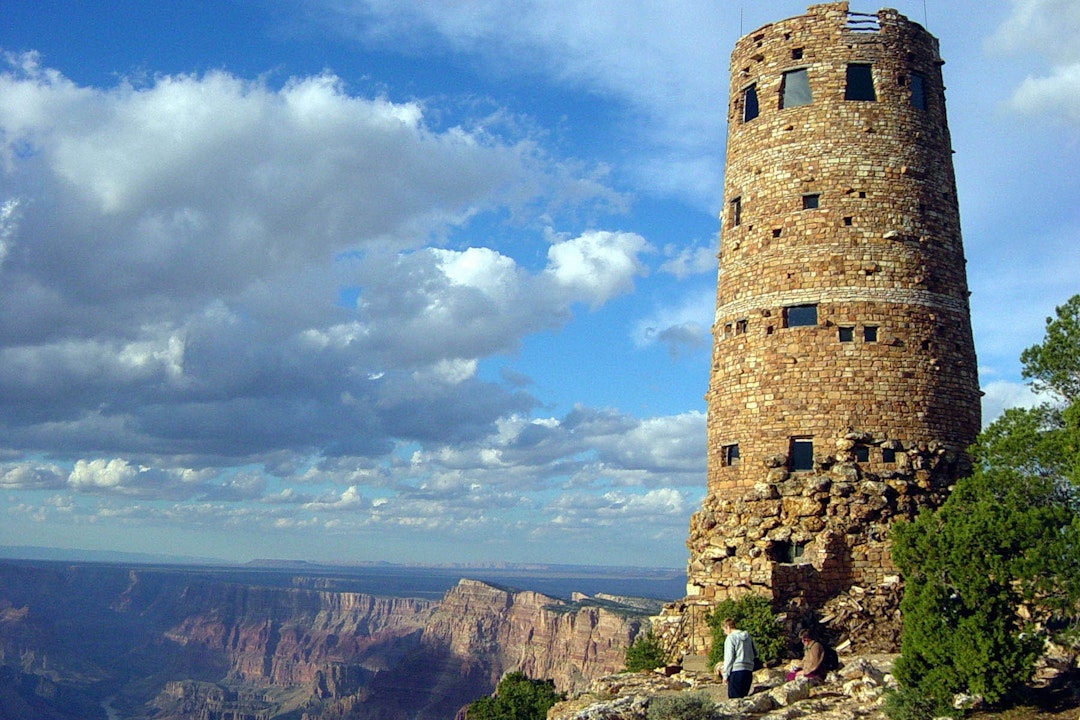
The collaboration between tribal members and the park at the Desert View area will transform how many visitors first see the park and how they understand local tribes’ past and present relationship to the Grand Canyon.
NPF, with generous funding from supporting partner Pendleton, has supported key elements of this project, including infrastructure improvements, an Ancestral Lands service corps crew, and the design of an orientation area at the main entry to Desert View.
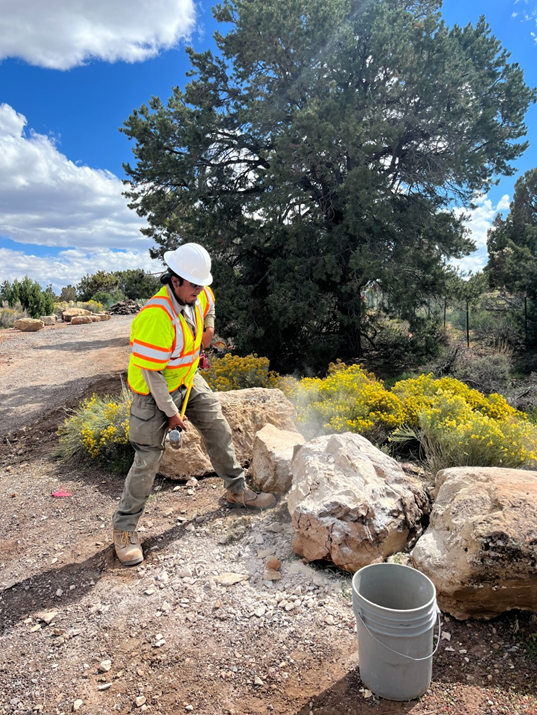
The Ancestral Lands crew, comprised of young adults from Grand Canyon’s traditionally associated tribes, engaged in conservation, preservation, vegetation restoration, and cultural programs at the site, all while building connections to their ancestral homelands. Grand Canyon has hosted identity-based Native American crews since 2015, providing youth with cultural connections to land through conservation corps work, trade skill development, and internships.
The orientation area, supported by NPF, will serve as a visitor introduction to Desert View. It is designed with natural materials and imagery provided by tribes with narratives about indigenous cultures and the landscape and will also feature additional cultural demonstration spaces for use by tribal members.
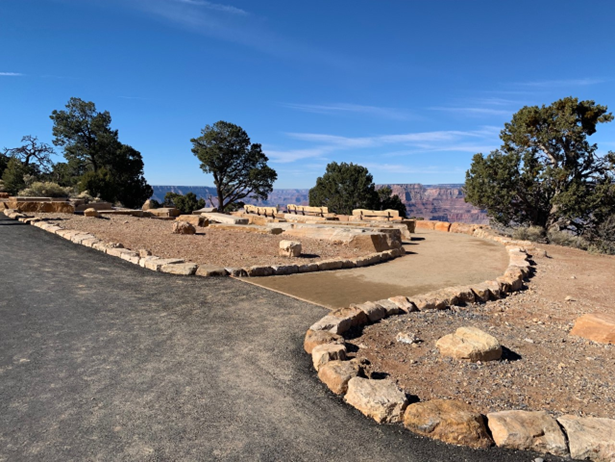
Once the project is complete, park visitors and tribal members will have new opportunities to interact with each other, and artisans from the local community will be able to share their history and culture. The site will host cultural demonstrations including weaving, pottery, sculpture, jewelry, and painting, as well as events and exhibits to help visitors hear directly from tribal representatives by way of first-voice interpretation. Desert View will also be a place where tribes can inform visitors about tourism experiences on tribal lands and serve as a meeting point for tours.
Sitting at the east entrance of the park, Desert View and its historic Desert View Watchtower are the first stops for many visitors seeking park information and itching for their initial glimpses of the spectacular canyon stretched out to the Colorado River far below.
Desert View often sees over one million visitors a year, and the new inter-tribal heritage site will engage parkgoers from across the country and world in learning about the region’s diverse cultures and the canyon’s first inhabitants.
Collaboration with Associated Tribes
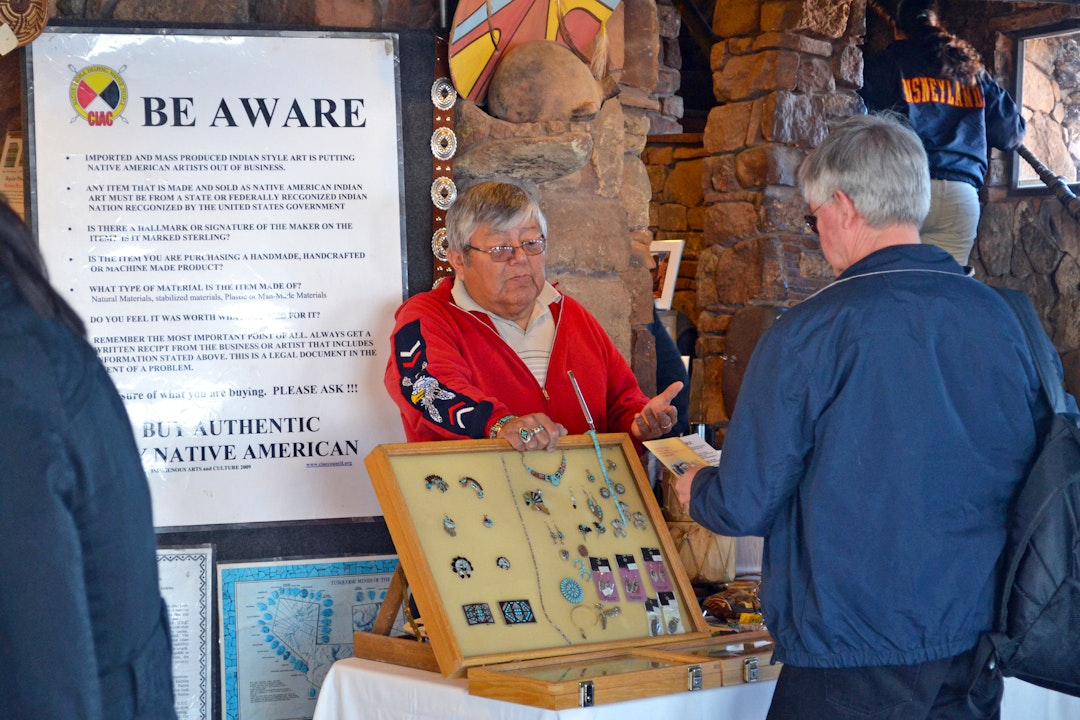
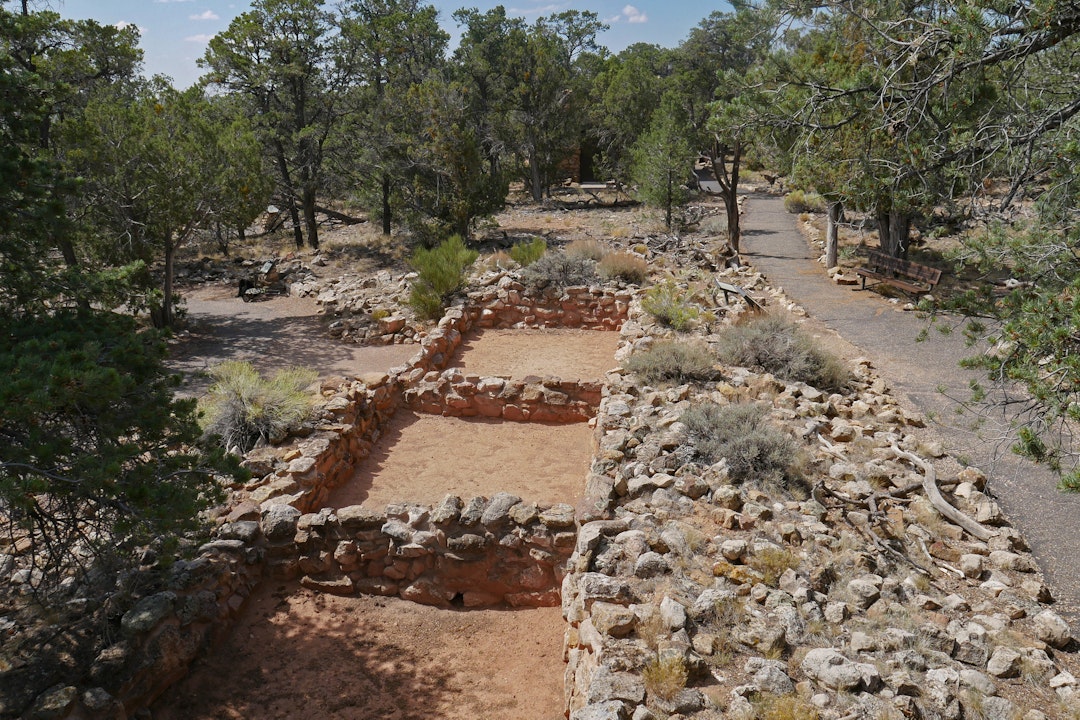
The transformation of Desert View has been in the works for over a decade, kicked off by a collaborative group of NPS staff, nonprofit partners, and representatives from the park’s 11 traditionally associated tribes: Havasupai, Hopi, Hualapai, Kaibab Band of Paiute Indians, Las Vegas Tribe of Paiute Indians, Moapa Band of Paiute Indians, Navajo Nation, Paiute Indian Tribe of Utah, Pueblo of Zuni, San Juan Southern Paiute, and the Yavapai-Apache Nation.
Those tribes have long-term connections to the park prior to its establishment and consider park resources as key to their development and cultural identity.
The Grand Canyon is deeply significant to Southwest tribes, with three of those federally recognized tribes sharing borders with the park and the others traditionally associated with its land.
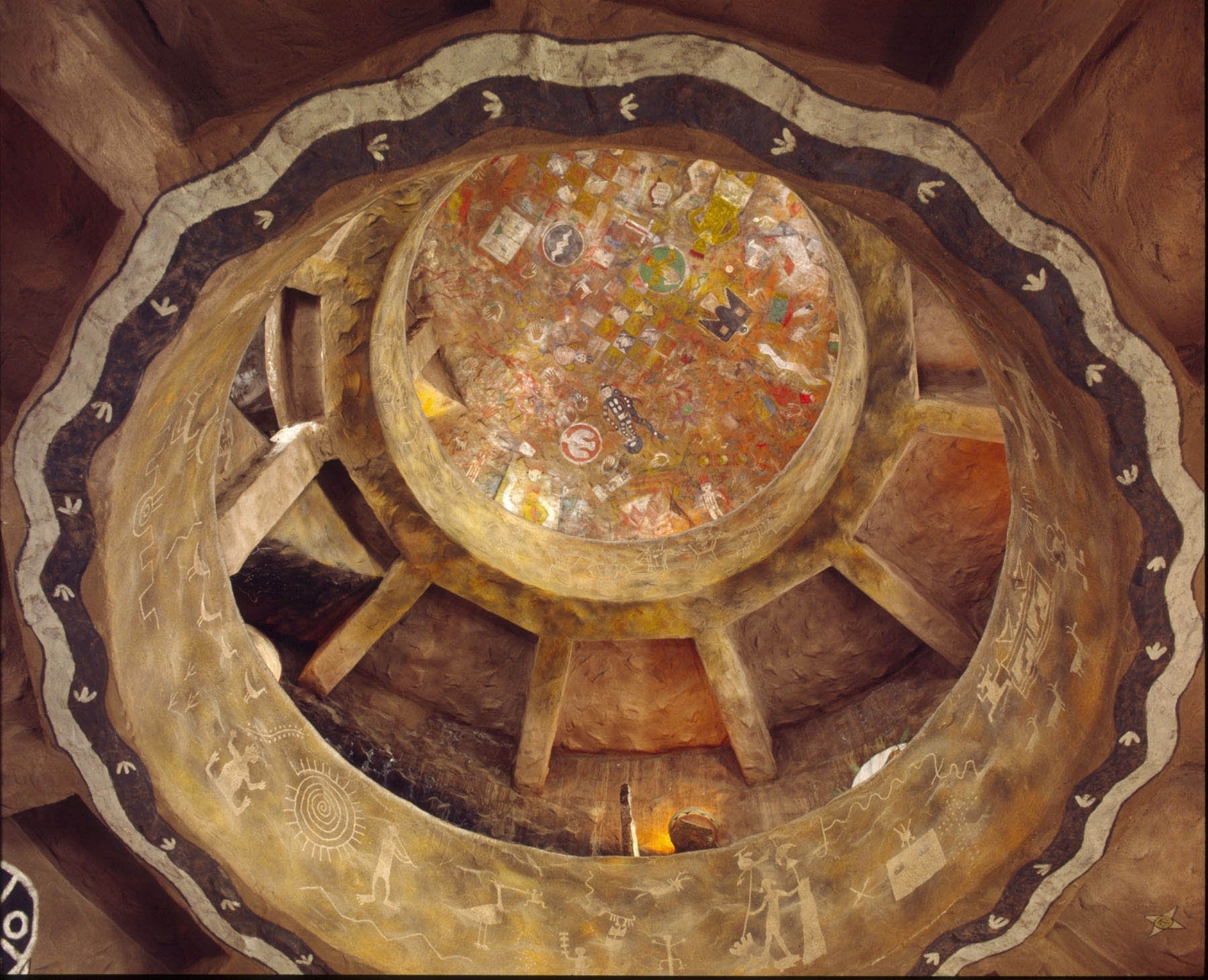
The planning was undertaken in close collaboration with the tribes, and tribal perspectives and history were built into the creation of programming and exhibit plans for Desert View, as well as plans to support tribal youth employment opportunities at the site and shape how tribes would be visually represented in the area. Tribes will benefit from programming that provides jobs and economic growth through craft sales and the promotion of tourism on tribal lands.
Historic buildings such as the Desert View Watchtower and Civilian Conservation Corps-era bookstore will be preserved and used in new ways by tribes, both reinvigorating the area and improving the visitor experience, with the bookstore serving as a new tribal welcome center.
Grand Canyon Conservancy (the park’s official nonprofit partner), NPS, NPF, and others have played significant roles funding and advancing this first-of-its-kind project, which will benefit the park, tribes, and visitors for years to come. And the project serves as an example for how a national park can collaborate with tribal members in the park experience, enrich the site for all involved, and include Native people to share their stories, benefit tangibly, and continue to be a central part of the land well into the future.
Related Programs
-
 Native American Fund
Native American Fund -
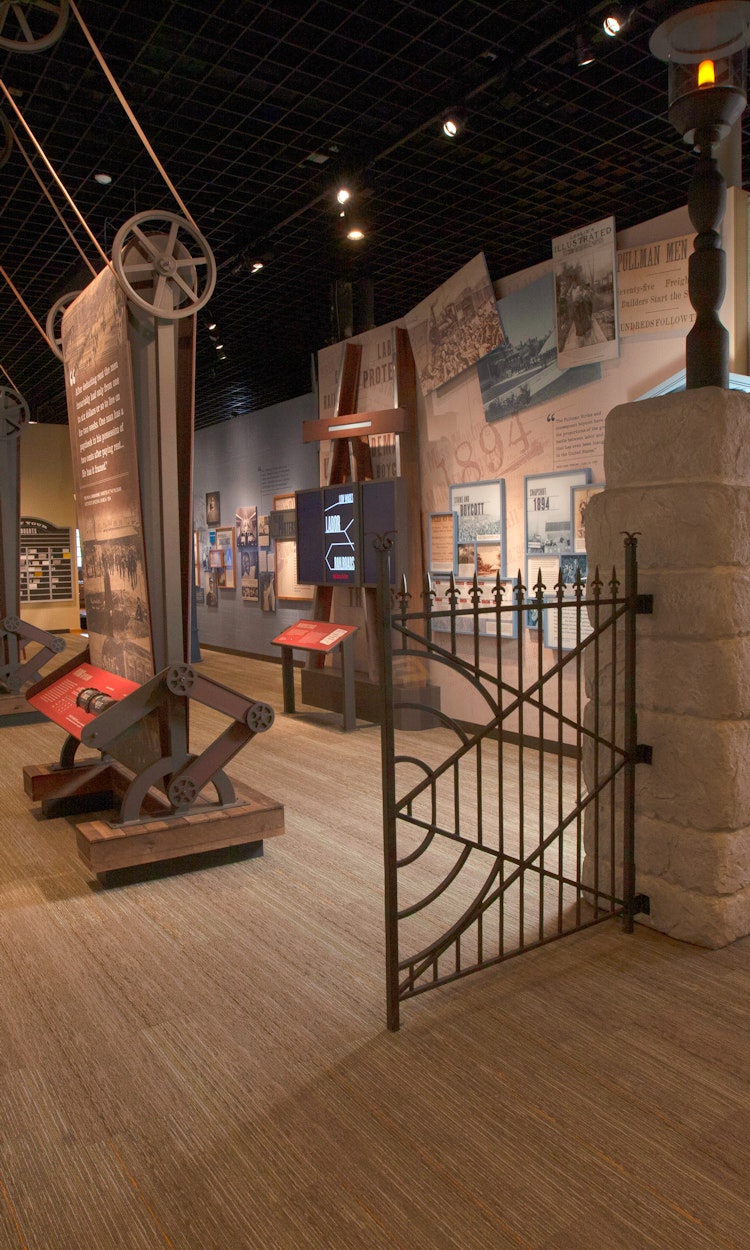 Visitor Centers of the Future
Visitor Centers of the Future -
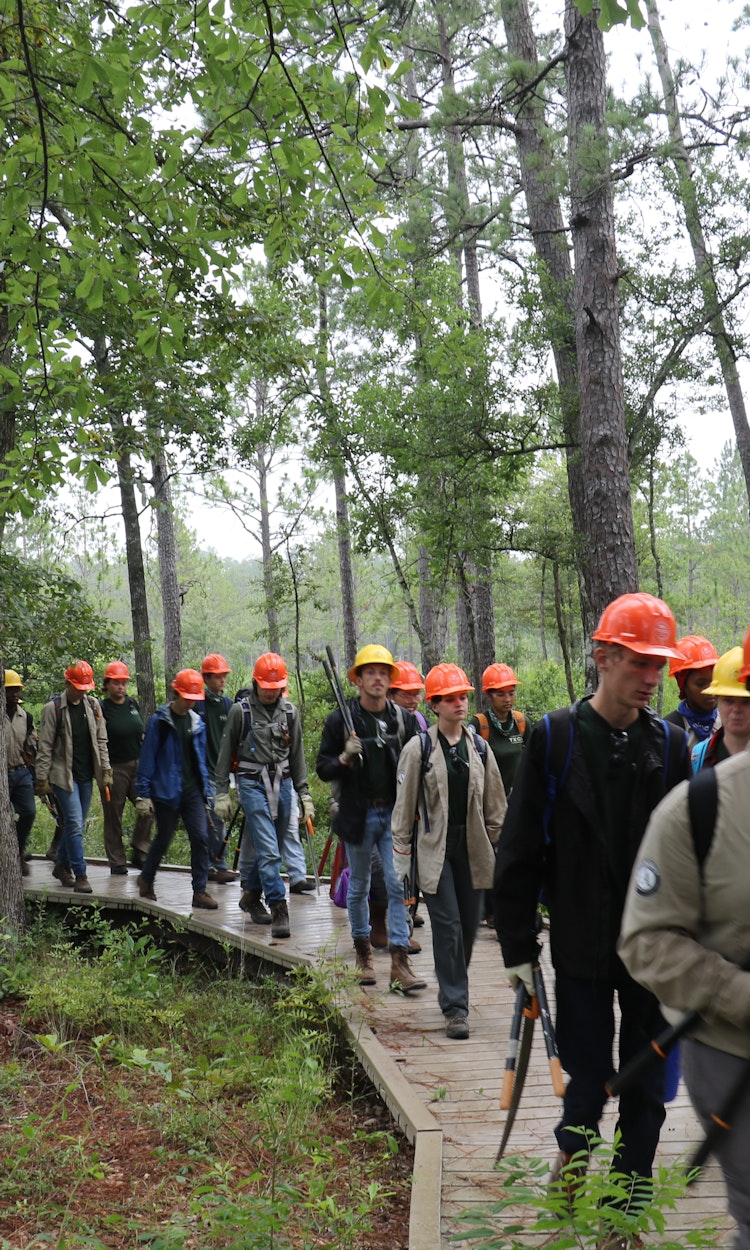 Service Corps
Service Corps
